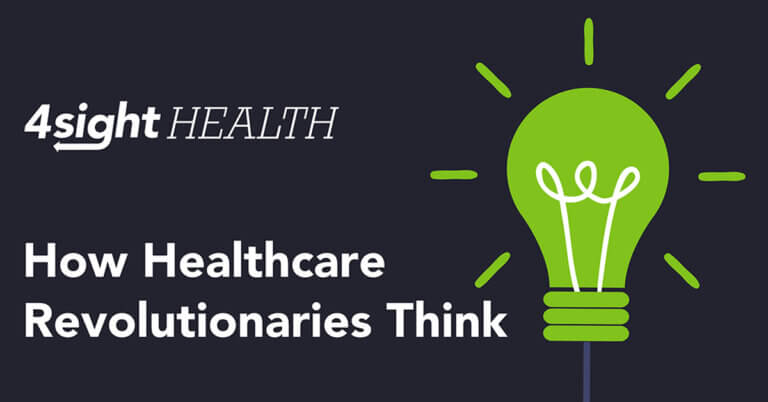September 24, 2025

AI and the Healthcare Revenue Cycle? Do the Math.
David W. Johnson, founder and CEO of 4sight Health, says the smartest people in healthcare work in the revenue cycle department. Assuming that’s true, and I have no reason to doubt him, those people are getting even smarter because of artificial intelligence (AI).
As hospitals, health systems, medical practices and other provider organizations look for and test ways to incorporate AI-powered technology into administrative, clinical, financial and operational workflows, it’s clear that AI has found a home in healthcare revenue cycle departments. It’s a match made in billing and collection heaven.
The exponential growth in AI’s brain power from machine learning to predictive AI to generative AI to now agentic AI lets anyone with a computer and coding expertise develop AI software that automates various tasks and functions along the healthcare revenue cycle with smart technology. Rarely a day goes by without me seeing a press release from a new or relaunched revenue cycle company promising to “optimize” my revenue cycle performance with AI.
(I do all my own billing and collections without AI assistance. No optimization needed here.)
Why do AI and the healthcare revenue cycle work well together? It’s simple. Math.
AI is math. AI calculates things and gets smarter and better as it calculates more things. The healthcare revenue cycle is math. It’s patient registration. It’s scheduling. It’s appointments. It’s benefits verification. It’s prior authorization. It’s coding. It’s charge masters. It’s prices. It’s charge capture. It’s bills. It’s claims. It’s payments. It’s collections. It’s financial reporting. What AI does is erase any remnant of subjectivity and potential for human error from the math that is the healthcare revenue cycle.
In August, a market research firm called Precedence Research said the global market for AI in healthcare revenue cycle management will grow more than 24% a year and reach about $180 billion by 2034, up from about $26 billion this year. That’s a sevenfold increase in less than 10 years.
Earlier this month, the Assistant Secretary for Technology Policy/Office of the National Coordinator for Health Information Technology at HHS, better known as ASTP, released a report on hospitals’ use of what ASTP called “predictive AI.” Predictive AI technology uses machine learning to predict future outcomes based on past data. The report is based on two surveys conducted by the American Hospital Association in 2023 and 2024. Some 2,547 hospitals responded to the 2023 survey; 2,253 hospitals responded to the 2024 survey.
Overall, 71% of the hospitals said they were using predictive AI in 2024. That’s up from 66% in 2023. The most common use case for predictive AI was “predicting health trajectories or risks for patients,” cited by 92% of the surveyed hospitals each year.
But the fastest growing use cases for predictive AI were in revenue cycle:
- The percentage of hospitals using predictive AI to simplify or automate billing processes jumped to 61% in 2024 from 36% in 2023 — a 25 percentage point increase.
- The percentage of hospitals using predictive AI to facilitate scheduling jumped to 67% in 2024 from 51% in 2023 — a 16 percentage point increase.
By comparison, the percentage of hospitals using predictive AI to recommend treatments rose only two percentage points to 45% in 2024 from 43% in 2023.
Do the math.
And here you thought hospitals, health systems, medical practices and other provider organizations were going to prioritize AI to treat your injuries or cure your diseases. That’s as naïve as thinking taking Tylenol during pregnancy or administering vaccines after birth cause autism.
It’s time for healthcare consumers to wise up and rise up.
Thanks for reading.





